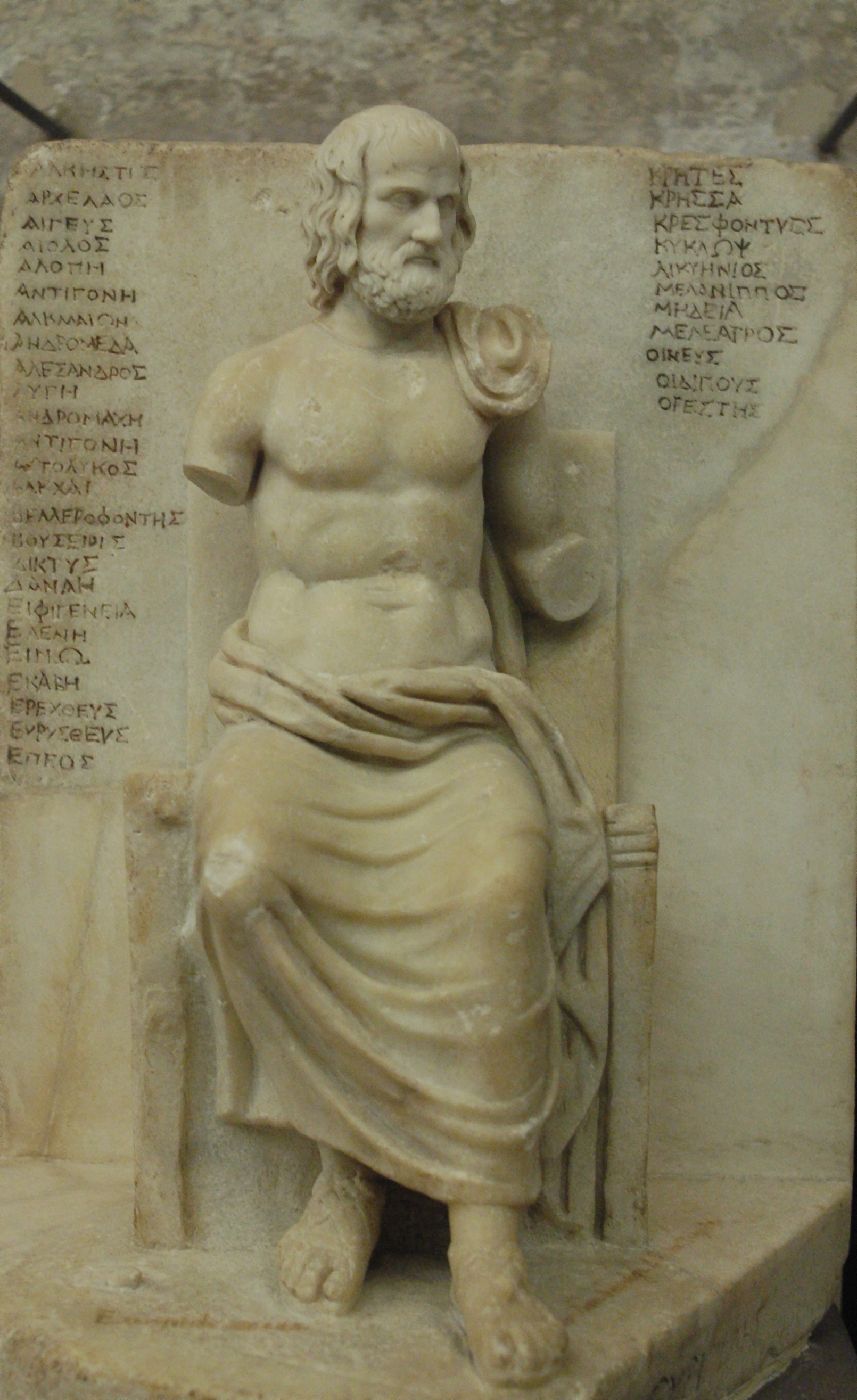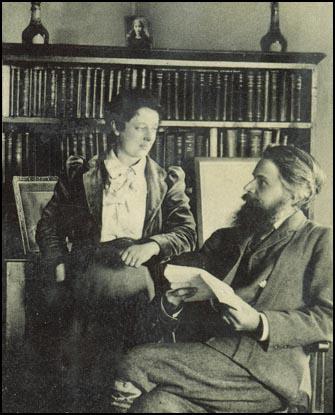|
Zhou Zuoren
Zhou Zuoren () (16 January 1885 – 6 May 1967) was a Chinese writer, primarily known as an essayist and a translator. He was the younger brother of Lu Xun (Zhou Shuren, 周树人), the second of three brothers. Biography Early life Born in Shaoxing, Zhejiang, he was educated at the Jiangnan Naval Academy as a teenager. Following the steps of his brother Lu Xun, he left for Japan to pursue his studies in 1906. During his stint in Japan, he began studying Ancient Greek, with the aim of translating the ''Gospels'' into Classical Chinese, and attended lectures on Chinese philology by scholar-revolutionary Zhang Binglin at Rikkyo University, although he was supposed to study civil engineering there. He returned to China in 1911, with his Japanese wife, and began to teach in different institutions. During the May Fourth Movement Writing essays in vernacular Chinese for the influential magazine ''La Jeunesse'', Zhou was a key figure in the May Fourth Movement as well as the New C ... [...More Info...] [...Related Items...] OR: [Wikipedia] [Google] [Baidu] |
Zhou (surname)
Zhōu () is a Chinese-language surname. In places which use the Wade–Giles romanization such as Taiwan, Zhou is usually spelled as "Chou" (ㄓㄡ), and it may also be spelled as "Chiau", "Chau", " Chao", "Chew", " Chow", "Chiu", "Cho", "Chu", "Jhou", "Jou", "Djou", "Jue", "Jow", or "Joe". Zhou ranks as the 10th most common surname in Mainland China . In 2013 it was found to be the 10th most common name, shared by 25,200,000 people or 1.900% of the population, with the province with the most being Hunan. Derived from the Zhou dynasty, it has been one of the ten most common surnames in China since the Yuan dynasty. It is the 5th name on the ''Hundred Family Surnames'' poem. The Korean surname, " Joo" or "Ju", and The Vietnamese surname, " Châu" or "Chu", are both derived from and written with the same Chinese character (周). The character also means "around". ''Zhōu'' can also stand for another, rare Chinese family name, 洲. History According to historical records, Zhou surn ... [...More Info...] [...Related Items...] OR: [Wikipedia] [Google] [Baidu] |
New Culture Movement
The New Culture Movement () was a movement in China in the 1910s and 1920s that criticized classical Chinese ideas and promoted a new Chinese culture based upon progressive, modern and western ideals like democracy and science. Arising out of disillusionment with traditional Chinese culture following the failure of the Republic of China to address China's problems, it featured scholars such as Chen Duxiu, Cai Yuanpei, Chen Hengzhe, Li Dazhao, Lu Xun, Zhou Zuoren, He Dong, Qian Xuantong, Liu Bannong, Bing Xin, and Hu Shih, many classically educated, who led a revolt against Confucianism. The movement was launched by the writers of ''New Youth'' magazine, where these intellectuals promoted a new society based on unconstrained individuals rather than the traditional Confucian system. The movement promoted: * Vernacular literature * An end to the patriarchal family in favor of individual freedom and women's liberation * The view that China is a nation among nations, not a uniquely ... [...More Info...] [...Related Items...] OR: [Wikipedia] [Google] [Baidu] |
Sei Shōnagon
was a Japanese author, poet, and a court lady who served the Empress Teishi (Sadako) around the year 1000 during the middle Heian period. She is the author of . Name Sei Shōnagon's actual given name is not known. It was the custom among aristocrats in those days to call a court lady by a nickname taken from a court office belonging to her father or husband.Keene 1999 : 412. derives from her father's family name "Kiyohara" (the native Japanese reading of the first character is , while the Sino-Japanese reading is ), while refers to a government post. Her relationship to this post is unknown, though—neither her father nor either of her two husbands held such a post. Bun'ei Tsunoda has suggested that it may have belonged to a third husband, perhaps Fujiwara no Nobuyoshi.Keene 1999 : 412, citing (427, note 3) Tsunoda 1975 : 30-32. Her actual name has been a topic of debate among scholars, and the name is a possibility. Early life Little is known about her life except ... [...More Info...] [...Related Items...] OR: [Wikipedia] [Google] [Baidu] |
Ukiyoburo
is a Japanese novel written by Shikitei Sanba between 1809 and 1813. It belongs to the kokkeibon genre, of which it is one of the masterpieces. Contents ''Ukiyoburo'' (Ukiyo Bath) depicts the humor of daily life and culture through the conversations of customers at the public bath. It contains illustrations from Utagawa Kuninao and Kitao Shigemasa (credited as Kitagawa Yoshimaru). Shikitei notes that his inspiration to base the story at a public bath was due to Santō Kyōden's (1802) and a rakugo performance by Sanshōtei Karaku. The text is composed of four parts contained within nine volumes: *Part 1: "Men's Bath", published in 1809 *Part 2: "Women's Bath", published in 1810 *Part 3: "Omissions from the Women's Bath", published in 1812 *Part 4: "Men's Bath Continued", published in 1813 There were advertisements for parts 5, 6, and 7, but they were never written. Linguistics Shikitei was particularly careful in noting a number of linguistic characteristics. In part two ... [...More Info...] [...Related Items...] OR: [Wikipedia] [Google] [Baidu] |
Shikitei Sanba
, better known by his pen name , was a Japanese comic writer of the Edo period. Major works *''Ukiyoburo'' *''Ukiyodoko'' References 1776 births 1822 deaths Japanese writers of the Edo period {{Japan-writer-stub ... [...More Info...] [...Related Items...] OR: [Wikipedia] [Google] [Baidu] |
Kojiki
The , also sometimes read as or , is an early Japanese chronicle of myths, legends, hymns, genealogies, oral traditions, and semi-historical accounts down to 641 concerning the origin of the Japanese archipelago, the , and the Japanese imperial line. It is claimed in its preface to have been composed by Ō no Yasumaro at the request of Empress Genmei in the early 8th century (711–712), and thus is usually considered to be the oldest extant literary work in Japan. The myths contained in the as well as the are part of the inspiration behind many practices. Later, they were incorporated into Shinto practices such as the purification ritual. Composition It is believed that the compilation of various genealogical and anecdotal histories of the imperial (Yamato) court and prominent clans began during the reigns of Emperors Keitai and Kinmei in the 6th century, with the first concerted effort at historical compilation of which we have record being the one made in 620 under ... [...More Info...] [...Related Items...] OR: [Wikipedia] [Google] [Baidu] |
Euripides
Euripides (; grc, Εὐριπίδης, Eurīpídēs, ; ) was a tragedian Tragedy (from the grc-gre, τραγῳδία, ''tragōidia'', ''tragōidia'') is a genre of drama based on human suffering and, mainly, the terrible or sorrowful events that befall a main character. Traditionally, the intention of tragedy i ... of classical Athens. Along with Aeschylus and Sophocles, he is one of the three ancient Greek tragedians for whom any plays have survived in full. Some ancient scholars attributed ninety-five plays to him, but the ''Suda'' says it was ninety-two at most. Of these, eighteen or nineteen have survived more or less complete (''Rhesus (play), Rhesus'' is suspect). There are many fragments (some substantial) of most of his other plays. More of his plays have survived intact than those of Aeschylus and Sophocles together, partly because his popularity grew as theirs declinedMoses Hadas, ''Ten Plays by Euripides'', Bantam Classic (2006), Introduction, p. ixhe became, ... [...More Info...] [...Related Items...] OR: [Wikipedia] [Google] [Baidu] |
Sappho
Sappho (; el, Σαπφώ ''Sapphō'' ; Aeolic Greek ''Psápphō''; c. 630 – c. 570 BC) was an Archaic Greek poet from Eresos or Mytilene on the island of Lesbos. Sappho is known for her Greek lyric, lyric poetry, written to be sung while accompanied by music. In ancient times, Sappho was widely regarded as one of the greatest lyric poets and was given names such as the "Tenth Muse" and "The Poetess". Most of Poetry of Sappho, Sappho's poetry is now lost, and what is extant has mostly survived in fragmentary form; only the "Ode to Aphrodite" is certainly complete. As well as lyric poetry, ancient commentators claimed that Sappho wrote elegiac and iambic poetry. Three epigrams attributed to Sappho are extant, but these are actually Hellenistic imitations of Sappho's style. Little is known of Sappho's life. She was from a wealthy family from Lesbos, though her parents' names are uncertain. Ancient sources say that she had three brothers; Charaxos (Χάραξος), Larichos ( ... [...More Info...] [...Related Items...] OR: [Wikipedia] [Google] [Baidu] |
Japanese Literature
Japanese literature throughout most of its history has been influenced by cultural contact with neighboring Asian literatures, most notably China and its literature. Early texts were often written in pure Classical Chinese or , a Chinese-Japanese creole language. Indian literature also had an influence through the spread of Buddhism in Japan. During the Heian period, Japan's original culture () developed and literature also established its own style, with the significant usage and development of to write Japanese literature. Following the Perry Expedition which led to the end of the policy and the forced reopening of foreign trade, Western literature has also made influences to the development of modern Japanese writers, while Japanese literature has in turn become more recognized internationally, leading to two Japanese Nobel laureates in literature, namely Yasunari Kawabata and Kenzaburō Ōe. History Nara-period literature (before 794) Before the introduction of kanji f ... [...More Info...] [...Related Items...] OR: [Wikipedia] [Google] [Baidu] |
Havelock Ellis
Henry Havelock Ellis (2 February 1859 – 8 July 1939) was an English physician, eugenicist, writer, progressive intellectual and social reformer who studied human sexuality. He co-wrote the first medical textbook in English on homosexuality in 1897, and also published works on a variety of sexual practices and inclinations, as well as on transgender psychology. He is credited with introducing the notions of narcissism and autoeroticism, later adopted by psychoanalysis. Ellis was among the pioneering investigators of psychedelic drugs and the author of one of the first written reports to the public about an experience with mescaline, which he conducted on himself in 1896. He supported eugenics and served as one of 16 vice-presidents of the Eugenics Society from 1909 to 1912. Early life and career Ellis, son of Edward Peppen Ellis and Susannah Mary Wheatley, was born in Croydon, Surrey (now part of Greater London). He had four sisters, none of whom married. His father was a sea ... [...More Info...] [...Related Items...] OR: [Wikipedia] [Google] [Baidu] |




.png)



